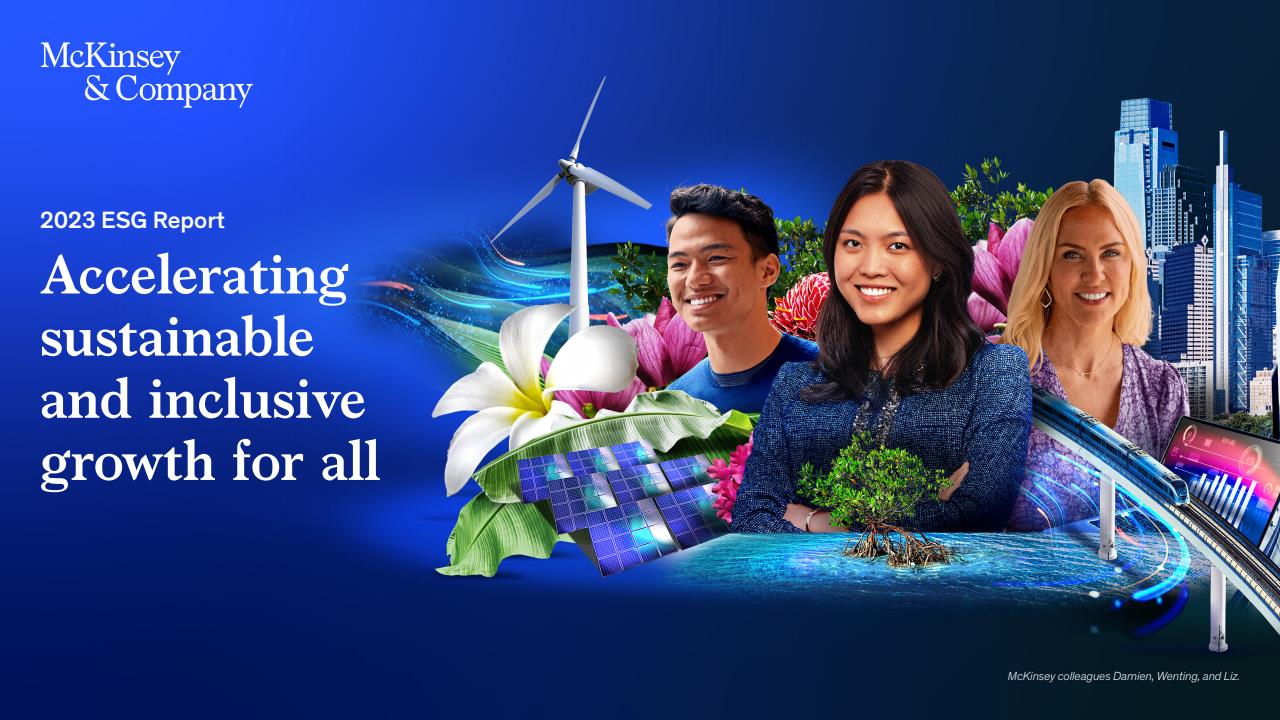On this page: Opportunity | Solution | Impact
The Opportunity
Elevating standards of accessibility
One in four adults in the U.S. have a disability. While retail spaces must comply with ADA codes, once elements like moveable furniture and merchandise are added, accessibility can become limited. Starbucks is hoping to set an elevated standard of accessibility by going beyond ADA requirements to create spaces that make everyone feel welcome.
With 16,000 stores in the U.S., the coffee giant knew it had a big opportunity to catalyze change for this large and diverse population. Starbucks wanted to make accessible design the rule rather than the exception for its customers and employees.

“Designing for people with disabilities is just good design for everybody,” says Katie Young, Starbucks SVP of Store Operations. “We wanted to create a broader spectrum of choice and independence for everyone at our stores.”
Designing for people with disabilities is just good design for everybody. We wanted to create a broader spectrum of choice and independence for everyone at our stores.
In 2021, Starbucks began working with McKinsey to develop elements of inclusive store design to reduce friction for those with disabilities and support independence for all in any built retail environment. The work included understanding potential points of exclusion and creating guidelines – what Starbucks now calls the Inclusive Spaces Framework – to make spaces more accessible for persons with disabilities.
“The entirety of this work was not just about building something that’s just specific to Starbucks,” says McKinsey partner Anne Kronschnabl. “They wanted to develop guidelines to help change the retail industry at large. We wanted something that was specific enough so that Starbucks could implement it in new store design, and broad enough for other retailers to be able to use it.”
The Solution
Minimizing points of exclusion
McKinsey worked with Starbucks to identify barriers that may exist for people with disabilities throughout the customer journey. Heatmaps showed pain points around entering the store, ordering, and navigating spaces like the drive-thru and restrooms.
Then the team worked on ideating potential solutions to eliminate or minimize points of exclusion throughout those spaces.
We wanted something that was specific enough so that Starbucks could implement it in new store design, and broad enough for other retailers to be able to use it.
One critical element of the approach was that persons with lived experiences were an integral part of the team, participating in every step of the work.
“We were very intentional about who we had on our working team and made sure we had people representing different disability types involved in ideation and prioritization,” says Anne. “We made sure to have lots of involvement from individuals with lived experiences.”
This led to a set of proposed changes such as wider spaces to allow easier access for wheelchair users, better signage in critical locations and at varying heights, and a variety of sound and lighting zones to accommodate varying sensory needs.
Starbucks also wanted to focus on the employee experience. We looked at the employee journey and redesigned employee spaces with accessibility as a priority. More inclusive equipment was introduced, including a new drip brewer designed with a larger dial and visual and haptic feedback.
The Impact
A new set of accessibility guidelines
In February of 2024, Starbucks opened its first retail space designed using this inclusive spaces framework in Washington, DC. It now plans to scale the design efforts across more stores.

It’s a significant commitment. This year Starbucks plans to grow its U.S. footprint by around 4 percent, with plans to open around 600 new stores in addition to the existing 16,000 stores across the U.S.
Growth plans will include the use of these new accessibility guidelines so that all newly built and renovated Starbucks company-operated stores in the U.S. will incorporate these more inclusive design elements.
The retailer is also thinking beyond its own walls. Starbucks plans to share this inclusive design framework with other retailers and is standing up an Inclusive Spaces Coalition. The hope is that more retailers across the U.S. and beyond will use these learnings to make their built environments as inclusive as possible for customers and employees.
“This framework defines how Starbucks will help expand independence, choice, and ease for all people across physical and digital spaces," says Starbucks CEO, and McKinsey alum, Laxman Narasimhan in a LinkedIn post. "Developed alongside a diverse community of customers, partners, and accessibility experts, the framework will be open-source to help expand accessibility across the entire retail industry."
Our People

Anne Kronschnabl

Becca Coggins

Alex Rodriguez



